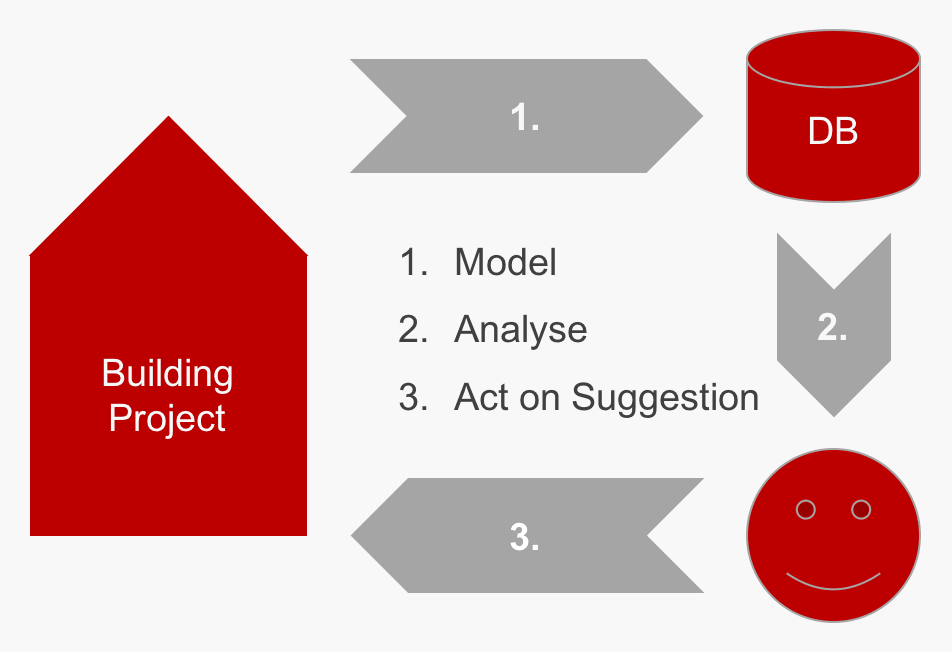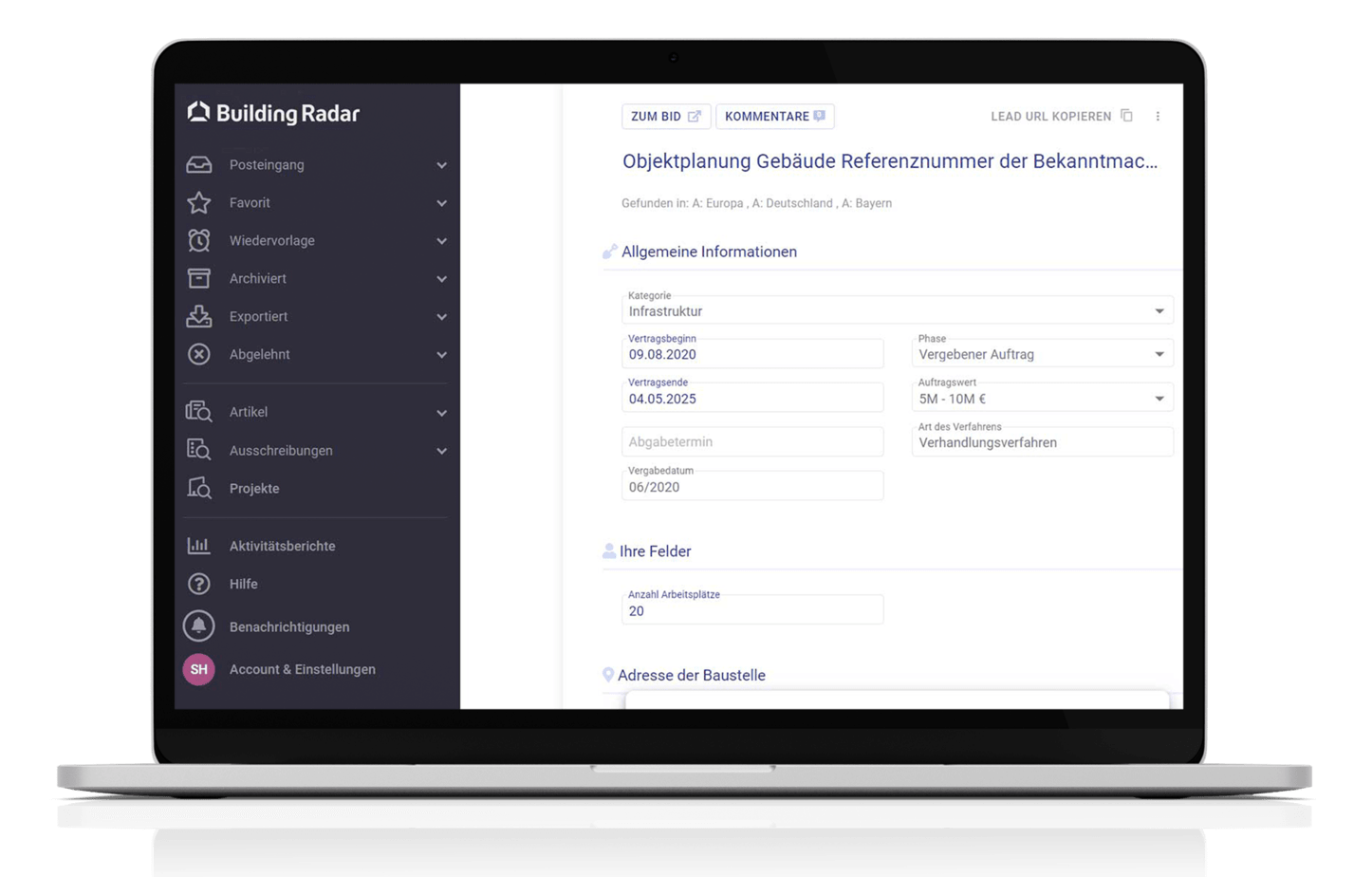Save Time & Reduce Budgets with Building Information Modeling (BIM)
Building information modeling as a new industry standard
Building information modeling (BIM) is an intelligent, model-based process that has changed the planning, design, building, and management of collaborative projects in multiple industries. The architectural, construction and engineering fields as a whole have embraced this technology for its ability to streamline work, cut project costs, and improve profitability. Building Information Modeling has prompted a move away from 2D and 3D models and allowed for a more efficient system of project management from the original design concept to the finished project.
1. Lower Net Costs across the Board Just One Benefit of BIM vs. CAD
2. The Fast Growth of Building Information Modeling around the World
3. Additional Benefits of Implementing BIM

1. Lower Net Costs across the Board Just One Benefit of BIM vs. CAD
Using BIM means less risk and reduced costs for subcontractors, owners, engineers, and designers. One reason for this is the increased ability to monitor the project in an efficient way. Each person contributing to it can see what others have already done, thereby reducing the need for duplicate drawings and unnecessary rework. Because BIM tools are faster than 2D or 3D, each member of the project team can accomplish more work in a shorter amount of time. Additionally, Building Information Modeling eliminates the need for manual counting of components. This benefit saves significant time as well as labor costs.
Another way that BIM saves time over CAD is by providing users the ability to edit plans, sections, and elevations without having to update all of the other views. It offers more detailed information about the building itself, such as how it would appear when filled to capacity or how the placement of the building affects its heating and cooling cycle. With Building Information Modeling, workers have an overview of the entire project lifecycle.
2. The Fast Growth of Building Information Modeling around the World
It isn’t just project managers and participants in the United States who benefit from using BIM. Governments around the world, from Singapore to Norway to Hong Kong, are requiring its use for agencies bidding on its projects. In 2008, just 35 percent of project managers indicated heavy use of BIM. That figure jumped 10 percent by the next year and is now nearing 80 percent.
While the benefits are numerous, the same challenges of widespread implementation are the same today as they were nearly a decade ago. These include management and project teams being slow to accept new technology, cost of hardware upgrades and new software, and insufficient time and resources to train new staff. However, seeing the success that partners and competitors have with Building Information Modeling is helping more organizations overcome these obstacles.

3. Additional Benefits of Implementing BIM
For many architects, engineers, and construction workers, the cost savings alone is a sufficient reason to invest in BIM. Even so, it also offers the following benefits:
- The ability to simulate different scenarios: BIM contains several simulation tools that allow users to visualize situations that affect building performance in the future. Examples include energy performance, the impact of direct sunlight, and other best practices that allow for efficient operation and performance.
- BIM resolves potential conflicts in advance: It is costly to correct site issues such as faulty ductwork after the installation has already taken place. With BIM, users can see visualise possible conflicts and fix them before project completion.
In today’s mobile society, perhaps one of the most important benefits of Building Information Modeling is being able to access it from any device.
About the author: Andrew Armstrong is a technology enthusiast, business owner, and digital marketing strategist based in the San Francisco Bay Area. Follow him on Twitter.

Easily find just the right early stage construction leads!
The fastest construction lead technology worldwide.










Great infographics here. It’s important to understand how to manage projects in the most effective way. Thanks for sharing this!
Really informative post! It’s made easy enough to understand even for a novice like me, respect!